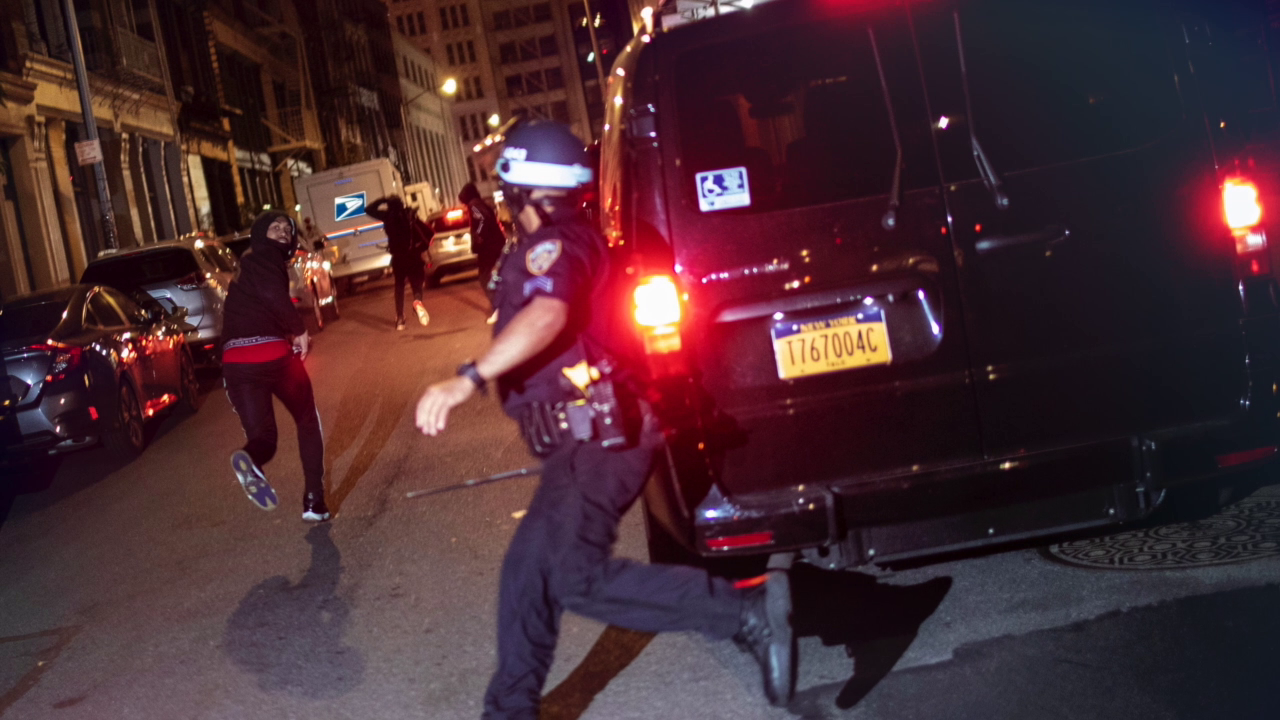CHICAGO, IL — The fatal shooting of a 42-year-old Black man driving away from police in North Carolina has sparked renewed debate over what’s known as the ‘fleeing felon doctrine.’
Two weeks ago, Andrew Brown Jr., who started driving away from sheriff’s deputies in North Charleston was shot dead.
Police say they were trying to execute an arrest warrant on felony drug charges when he allegedly fled.
“There are so many circumstances where officers fire at or into a moving vehicle and it's just not a good idea,” said Sharon Fairley, a professor at the University of Chicago Law School.
Fairley, who is a former federal prosecutor, says the use of deadly force against fleeing suspects was grounded in old common law, customs rather than state statutes. There is still no federal lethal-force law.
“In the olden days, most felonies--there were fewer felony offenses, and most of them were punishable by death,” said Fairley. “Centuries later, it's not OK, right? Because most felonies are not punishable by death.”
Fairley, who created Chicago’s Civilian Office of Police Accountability, says most law enforcement experts agree that shooting at a moving vehicle is not an effective or safe way to stop someone who’s fleeing.
Chicago police policy prohibits shooting into a moving vehicle. However, during a police pursuit in 2016, officers opened fire on an unarmed 18-year-old man, Paul O'Neal. Another group of responding police officers claimed to have thought the shots came from O'Neal himself. Amidst the confusion, they fatally shot him in the back as he ran.
“The young man crashed the car, got out, and started running. But now, these officers believe that they have been shot at by this young man incorrectly, because it was the officers' fire that they were seeing and experiencing,” recalled Fairley.
Fairley says in recent years, hundreds have been injured or killed by police officers while fleeing. The Supreme Court took up the issue in the mid-80s.
“Tennessee vs. Garner created the rule that you could use deadly force against a person who's fleeing if the officer believes that that person has committed a forcible felony, a violent felony,” said Fairley.
The 1985 ruling did establish that killing a fleeing suspect who is not an imminent threat violates their Fourth Amendment rights. But the court also said lethal force can be resorted to if a suspect used a deadly weapon to escape or an officer believes there are reasonable grounds to think that suspect poses a serious danger to bystanders.
“We do have many state statutes that are more restrictive than that, and we have many police department policies that are also more restrictive than that,” said Fairley.
Meanwhile, the FBI has opened a federal civil rights investigation into Andrew Brown Jr.’s death. Investigators are looking into whether the deputies who shot him from behind five times as he allegedly had both hands on the wheel broke federal law. Brown’s family has called the fatal shooting an execution.




